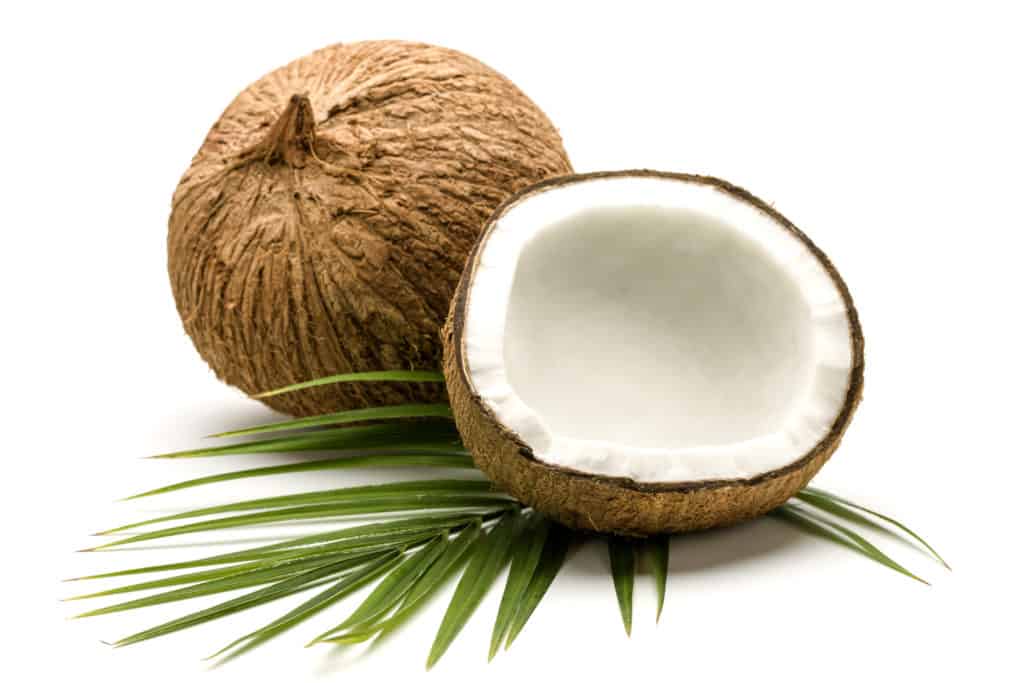West Java is one of Indonesia province with Bandung as its capital city. This province is one of the largest province in this country with more than 46,000,000 populations in 2011. It has high rate of population growth, too. Most people by 31% spend their time working in agriculture, forestry and fishery sector, by 22.5% in trade, hotel and restaurant, by 17% in manufacturing industry, and the rest by 29% in service sector.
As we all know that Indonesia in general has been blessed with so much natural resources to be utilized by its residents. That’s why most of Indonesian seeking sustenance by processing its raw materials to ready to sell goods. So, here are several natural resources in West Java that may represent Indonesian’s specialty products.
Read other articles: Common Fruits in Indonesia
1.Cloves
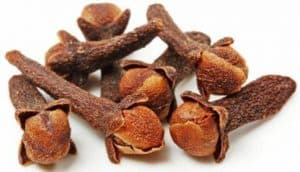 Kuningan district is one of the well-known clove producer in West Java. For example, in the village Linggarjati, almost all residents have clove land to take care of.
Kuningan district is one of the well-known clove producer in West Java. For example, in the village Linggarjati, almost all residents have clove land to take care of.
According to a resident when being interviewed by a television station, about 50 percent of villagers plant cloves for living because it doesn’t need complicated treatment, easy to be cultivated, the prices are always at the high rank (around Rp. 83,000 rupiah/ for every dried kg of dried cloves), and it’s quite stabile in market proven by many people that keeps coming back for cloves at any time.
2. Coconut
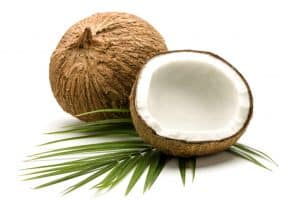
Coconut
On its fertile land, Indonesia has a very big potential on growing so many species of plants including this “tree of live”, the coconut. Coconut trees grow in abundant near the coastal areas. Famous coconut producing areas in West Java are in Ciamis (the highest selling result), Banten and Priangan districts.
Coconut commodities plantation area in Ciamis district is the most extensive area with an area of about 73,642 ha and the number of production per year reached 69,364 tons.
However then again, the same problem of having occurred. Ciamis has less qualified human resources. That huge amount of coconut produced has not been widely utilized by the community of Ciamis, so barely perceived benefits by the Ciamis community.
3. Rubber
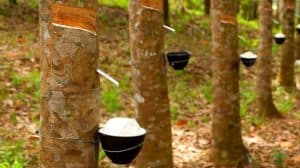 Since 2014, several companies were starting to invest capitals for rubber business opportunities. There had been obtained the potential of eye grafting as much as 281.675 entres with the amount of stands as many as 19,800 trees.
Since 2014, several companies were starting to invest capitals for rubber business opportunities. There had been obtained the potential of eye grafting as much as 281.675 entres with the amount of stands as many as 19,800 trees.
They plant the trees around West Bandung district (Cipeundeuy and Cipatat), and also around Garut district (Cisurupan).
4. Cocoa
 The purchase price of dried cocoa beans to the level of the planters’ farmers in the production centers in Ciamis and Banjar has continued to climb since last two years.
The purchase price of dried cocoa beans to the level of the planters’ farmers in the production centers in Ciamis and Banjar has continued to climb since last two years.
Currently the price of dried cocoa beans by the Bandar to the farmers planters an average of Rp. 28,000 – 32,000 / kg, compared to the previous approximately Rp. 10,000 / kg.
5. Tobacco
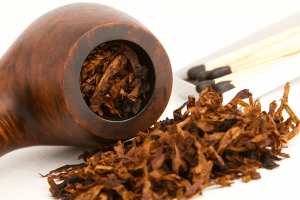 Tobacco is a raw material that can be processed into cigarettes. The total area of tobacco plantation in West Java is 9.973 Ha with total production of 8,872 tons / ha / year.
Tobacco is a raw material that can be processed into cigarettes. The total area of tobacco plantation in West Java is 9.973 Ha with total production of 8,872 tons / ha / year.
Tobacco is a reliable commodity for local plantations and is economically reliable in supporting community welfare and development in the region. Tobacco plantation business is a labor-intensive business because the absorption of labor in the field of tobacco farming will be 3 times doubled in numbers if compared with rice farming.
6. Palm Sugar
West Java is the largest palm sugar dispersal area in Java Island around 13,878 hectares.
On the other hand, Tasikmalaya Regency has a very favorable geographical condition to the growth of palm trees, so it is one of the districts that have considerable aren potential in West Java. Read more about Common Snakes in Indonesia and Common Birds in Indonesia
7. Coffee
 In general, the quality of West Java coffee has beem classified as having a distinctive and unique flavor. Differences in place and different tree protections provide different flavors so that coffee cultivation in the region of West Java has a variety of its own unique flavors.
In general, the quality of West Java coffee has beem classified as having a distinctive and unique flavor. Differences in place and different tree protections provide different flavors so that coffee cultivation in the region of West Java has a variety of its own unique flavors.
In 2016, by Specialty Coffee of America (SCAA), there are 6 types of coffee flavors that have been nominated as the famous ones from West java including Gunung Puntang, Mekar Wangi, Malabar Honey, Java Cibeber, West Java Pasundan Honey and Andungsari.
8. “Palawija” Plant
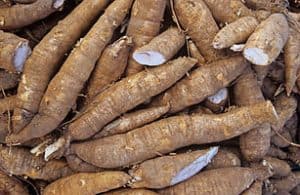 “Palawija” plant is the nickname for secondary agricultural crops beside paddy. The most successful palawija plants West Java are cassava that reached 2,000,000+ a year in 2006. \
“Palawija” plant is the nickname for secondary agricultural crops beside paddy. The most successful palawija plants West Java are cassava that reached 2,000,000+ a year in 2006. \
Other palawija plants that aren’t less abundant and fertile are corns, vegetables, fruits, and traditional medicinal plants.
9. Forestry
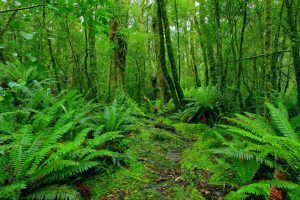 Forest area around West Java has reached more than 700,000 ha which means that it approximately covers >20% of the province’s land.
Forest area around West Java has reached more than 700,000 ha which means that it approximately covers >20% of the province’s land.
The forest we mention here includes production forests, conservation forests and protection forests. Government put more attention on mangrove forests, too, that are now spread over 10 existing costal districts.
10. Marine and Fisheries
 Marine and Fisheries sector might be one of the strongest. Remembering, two-thirds of Indonesia is the ocean with its enormous potential inside to be the driving force of the national economy.
Marine and Fisheries sector might be one of the strongest. Remembering, two-thirds of Indonesia is the ocean with its enormous potential inside to be the driving force of the national economy.
And, West Java fortunately is surrounded by Java Sea on the north and Indian Ocean in the south with more than 1000 km of coastal length. In the fisheries sector, the most superior are goldfish, tilapia, milkfish, catfish, tiger shrimp, green shellfish, carp, patin, seaweed and vaname shrimp.
As a record, in 2006, this province successfully harvested 560,000 tons of fish cultivated by fishery and brackish, or 63.63% of total fishery production in West Java.
11. Livestock
 In livestock sector they have got huge potential, too. West Java had already been divided its area for livestock into 3 parts: South for duck farming, Central part for dairy cattle, chicken race and sheep, and the Southern part for sheep and beef cattle.
In livestock sector they have got huge potential, too. West Java had already been divided its area for livestock into 3 parts: South for duck farming, Central part for dairy cattle, chicken race and sheep, and the Southern part for sheep and beef cattle.
Although many people has already plunged into livestock business, West Java somehow still need high numbers of livestock to be imported.
12. Oil and Geothermal
 Soils in West Java area surprisingly contains so much potential in oil, mine and geothermal. It has big amount of oil around Java Sea, southern part of West Java.
Soils in West Java area surprisingly contains so much potential in oil, mine and geothermal. It has big amount of oil around Java Sea, southern part of West Java.
Since the colonial era, West Java had been stated to has hidden potential on geothermal but only few has successfully been utilized. We need more experts on that field to do further studies, researches and explorations to finally taking advantages we fully deserve.
13. Mine
 West Java also produces excellent mine production. Potential mining of precious stones commonly found in Garut, Tasikmalaya, Kuningan and Sukabumi districts.
West Java also produces excellent mine production. Potential mining of precious stones commonly found in Garut, Tasikmalaya, Kuningan and Sukabumi districts.
In recent years, it successfully explored tons of zeolite, tons of bentonite, iron sand, cement pozolan, feldspar, and barn gems or gemstones.
Read other articles: Common Trees in Indonesia – Common Flowers in Indonesia –
There actually are a lot more variations of natural resources in West Java that local people utilize for living but the selling numbers might be less than what we mentioned above.
Those are few kinds of natural resources that are famous with high-selling numbers and be abundant around West Java. So, which one you like the most? Do come visit and find it in West Java for the best deal!
